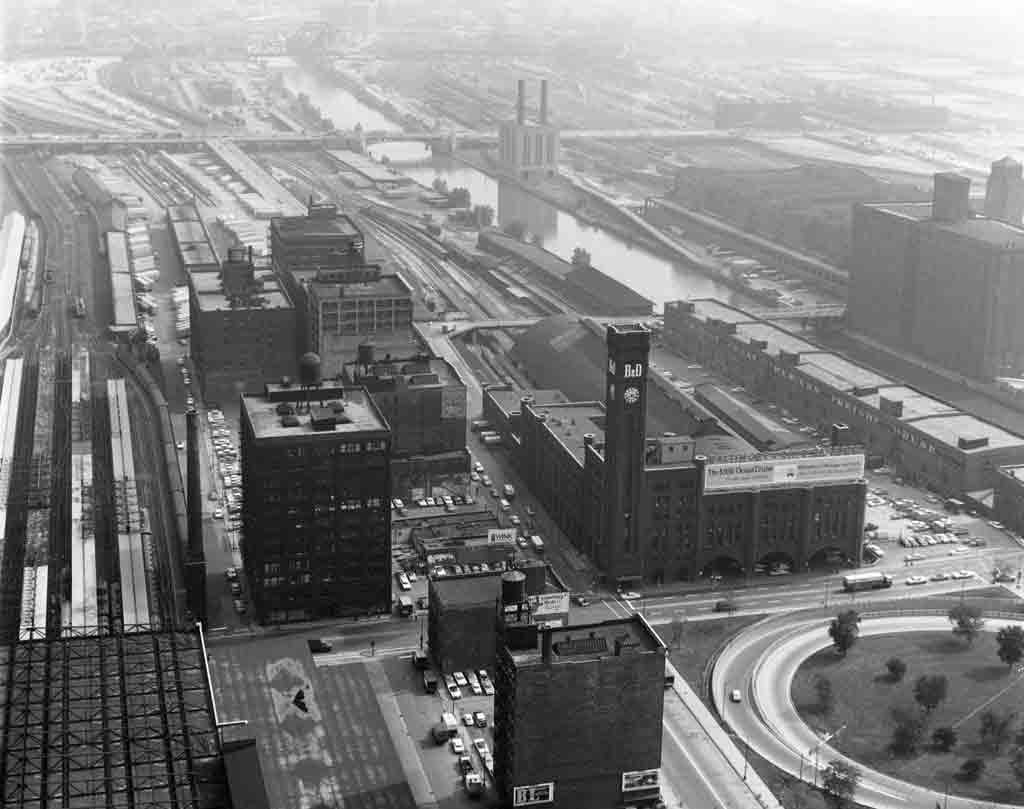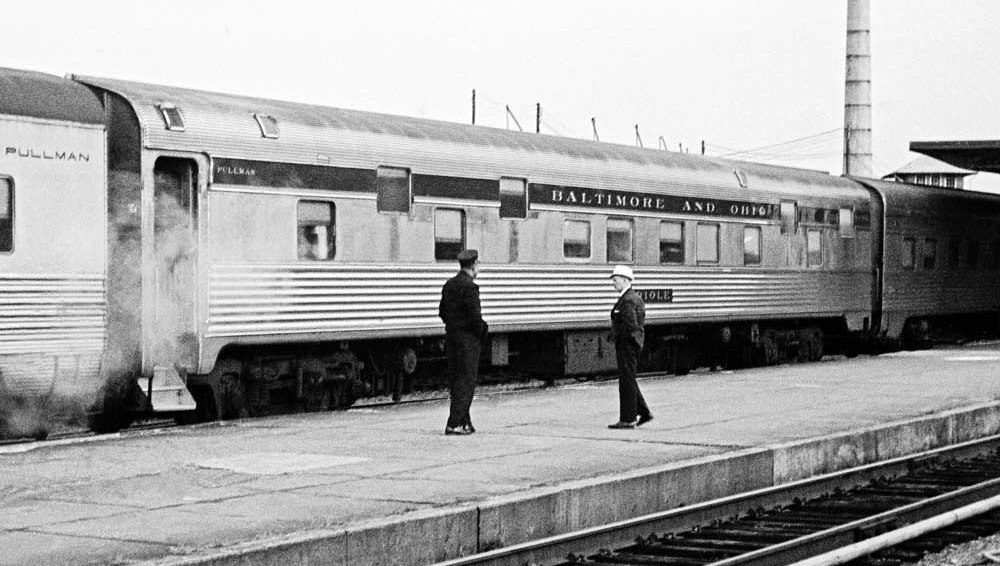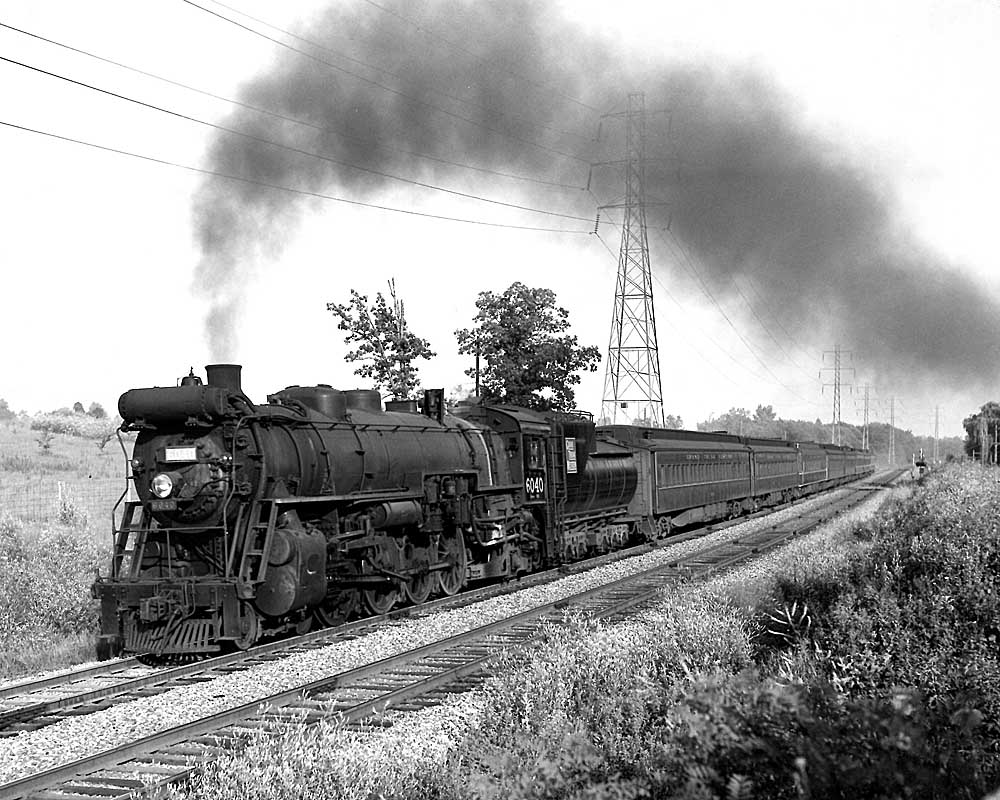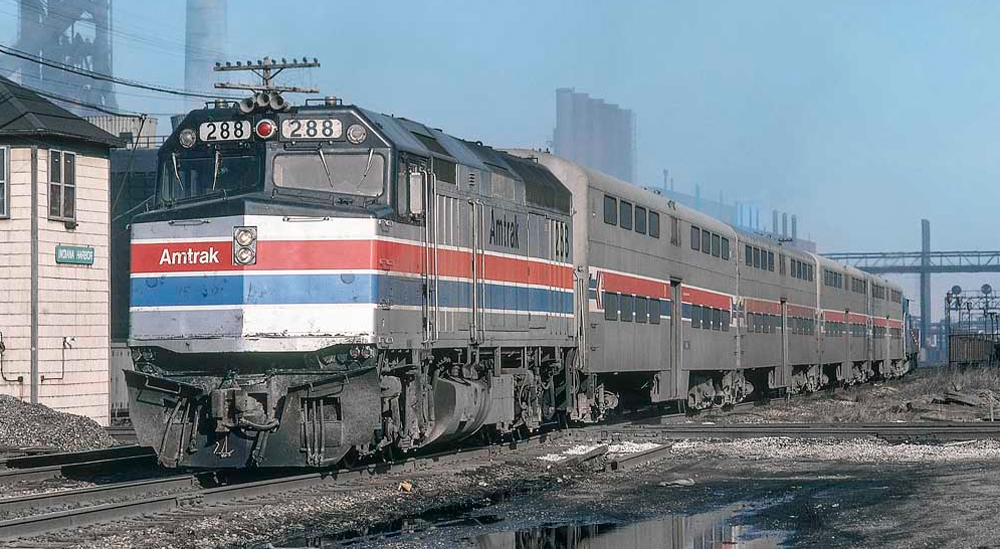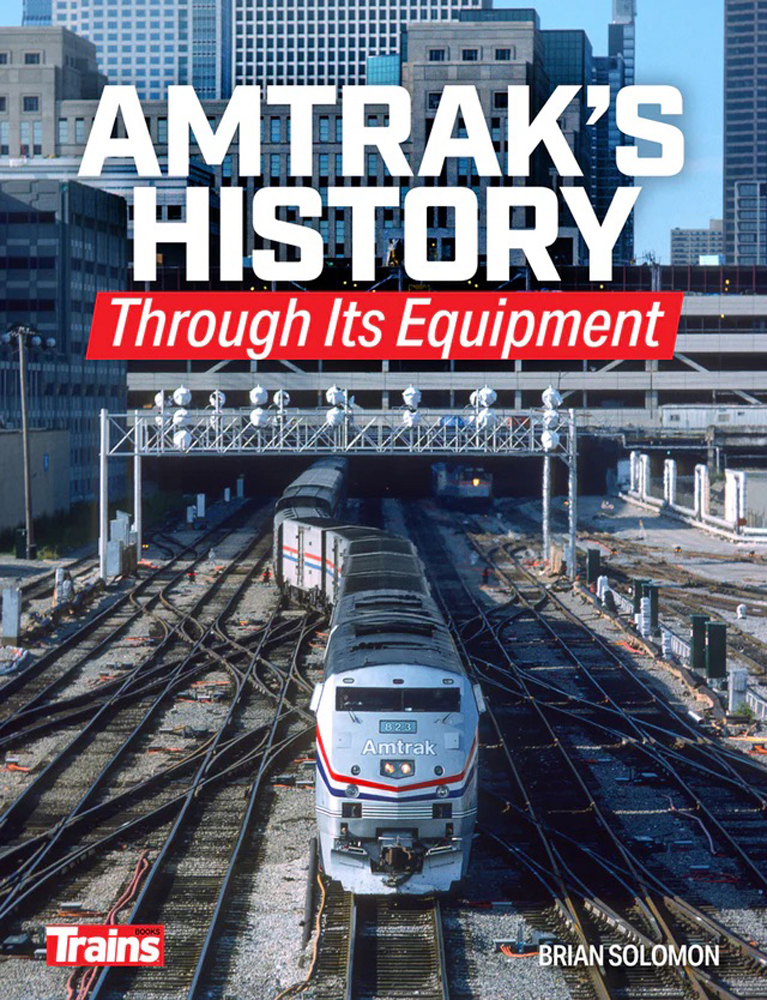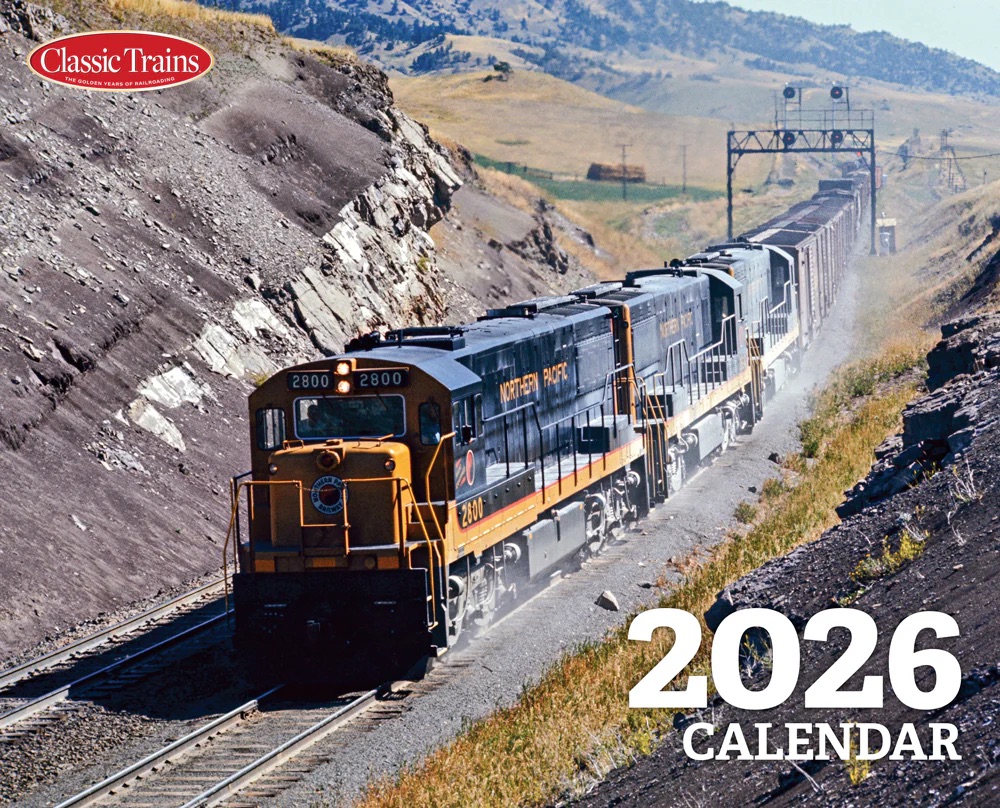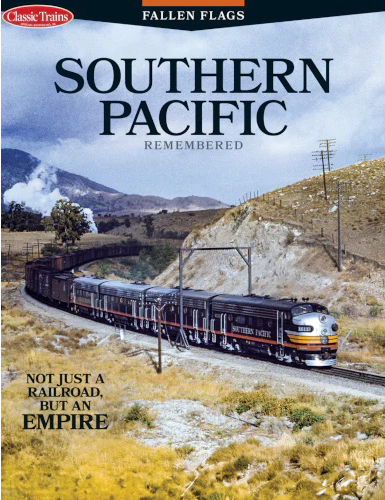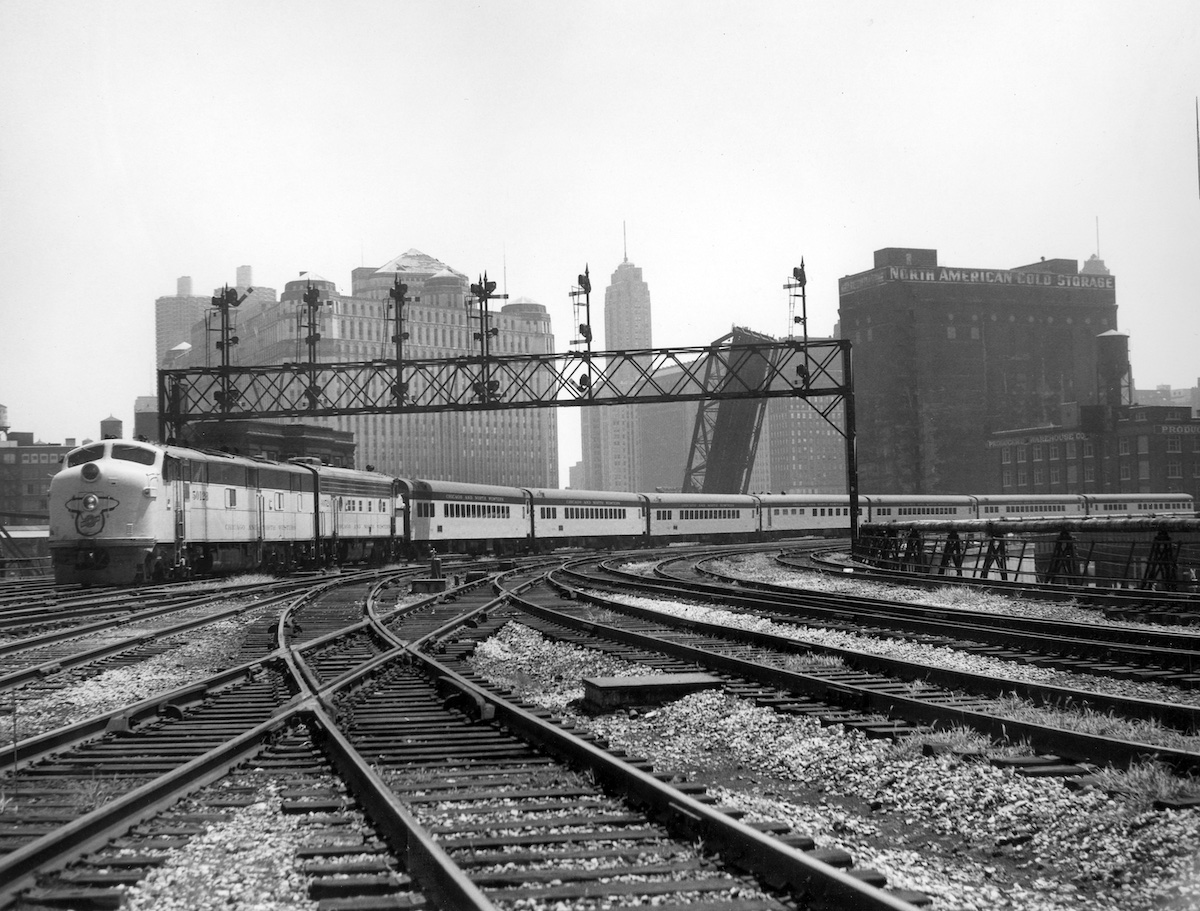
Like its Midwest rivals, the Chicago & North Western Railway jumped on the idea of brand-named passenger trains. However, it took a different route with the name in the form of a three-digit number: 400. The name [or number] stuck as the railroad rolled out a prominent fleet of Chicago & North Western 400 passenger trains, ranging from the distinguished to the obscure.
Twin Cities 400
Not even the Great Depression was able to slow down the 1935 competition between the C&NW, Milwaukee Road, and Burlington Route over the Chicago-Twin Cities passenger corridor. The North Western was the first to strike with its Minneapolis-Milwaukee-Chicago 400 passenger train, launched on January 2. The name was based on the distance and time to make the one-way journey, or “400 miles in 400 minutes.”
Despite starting with unshrouded 4-6-2 Pacifics hauling heavyweight cars — the rival Hiawatha and Twin Cities Zephyr began as streamliners — the prioritized 400 held its own. This was due to the 100-mph sprints along portions of the North Western main line. Streamlining took hold with diesels serving as the motive power beginning Sept. 24, 1939. The iconic yellow and green livery shined as the renamed Twin Cities 400 served as the flagship for what would be the fleet of 400s.
The flagship would eventually become a money loser due to the decline in passenger rail travel. In 1961 the C&NW petitioned the Interstate Commerce Committee (ICC) for permission to have the Twin Cities 400 discontinued. The final run occurred on July 23, 1963.
Learn more about the Twin Cities 400.
Minnesota, Dakota, and Rochester 400s
The railroad believed they had a winner in just the name alone. It was obvious to keep the 400 brand going, beginning with the Minnesota 400. Inaugurated on June 14, 1936, the heavyweight train was powered by 4-4-2 Atlantics between Mankato, Minn., and the Twin Cities 400’s connection in Wyeville, Wis. Later, in 1942, the train received streamlined cars and shrouded Pacifics.
April 1950 came with sweeping changes to the Minnesota 400. The motive power switched to EMD E7 diesels, the service extended between Chicago and Huron, S.D. (via Madison and Beloit, Wis.), and the name was changed to the Dakota 400. Further extension took place again on April 27, 1952, to Rapid City, S.D., for a piece of the tourist boom in the Black Hills and Mount Rushmore.
Hard times heading into the 1960s meant another round of changes. On Oct. 21, 1960, the ICC gave the Chicago & North Western the go-ahead to cut the service back to Mankato. The name was changed to the Rochester 400 as the train now covered the Chicago-Mankato route by way of Rochester, Minn. The changes didn’t stop the trend toward empty seats. Like the Twin Cities, this 400 operated for the last time on July 23, 1963.
Learn more about the Dakota 400 in the Spring 2022 issue of Classic Trains.
Flambeau 400
The Chicago & North Western tapped into the northern Wisconsin market with vacationers from the Chicago and Milwaukee areas heading toward the Northwood’s lakes and resorts. Though it wasn’t originally a 400 train, the Flambeau, named after the Lac du Flambeau Indian Reservation and Flambeau River, became a hit when it debuted on June 21, 1935, as a seasonal weekend service from Chicago to Ironwood-Watersmeet, Mich., via Oshkosh, Wis.
The 400 treatment was finally gifted to the Flambeau on May 26, 1950, followed by diesel-powered streamlined equipment and an extension up to Ashland, Wis., as a daily run. But by the late 1950s the decline in passenger travel was beginning to catch the C&NW’s attention. Yet, the northern Wisconsin region stood firm in insisting the railroad keep the trains running. A compromise between both parties resulted in several services being slashed, while others like the Flambeau 400 were retained and reinvested.
The reinvestment became the 1958 introduction of bilevel Pullman-Standard rolling stock with interiors outfitted for long-distance travel: reclining coach seats, rotating seats for the parlors, cheery wall coverings, and luggage compartments. Better road access to the north didn’t stop, and neither did the cutbacks by the railroad. While the Flambeau 400 did make it all the way to the end of passenger service on the North Western, just prior to Amtrak, it was by then a seasonal nameless train heading as far as Green Bay.
Learn more about the Flambeau 400 in the Summer 2024 issue of Classic Trains.
Peninsula 400
The Chicago-Ishpeming, Mich. Peninsula 400 became the most patronized train of the 400 fleet by tapping into the demanding tourist market of Michigan’s Upper Peninsula at the beginning of 1942. Seeing as the Milwaukee-Green Bay corridor was already packed with other passenger trains, with some designated as 400s, the Peninsula uniquely accommodated two different routes. Northbound it traversed Wisconsin’s Fox River valley with stops in Fond du Lac, Oshkosh, Neenah-Menasha, and Appleton; while southbound skirted along the Lake Shore Division with stops in Manitowoc and Sheboygan.
Like the Flambeau, the Peninsula 400 in 1958 also received intercity P-S bilevel cars. This helped keep the train rolling as many travelers switched from rail to roads to vacation up north. It was a telltale sign that passenger service on the C&NW was in trouble when its most patronized train in years began to run mostly empty.
Beginning in the mid-1950s, multiple attempts were made by the railroad to cut off service from Green Bay to Ishpeming. A formal request was made in 1967 to the ICC to replace service between the two cities with a Greyhound bus. On July 16, 1969, the Peninsula 400 made its last run, signaling the end of passenger rail travel in the Upper Peninsula entirely.
The other 400s
By the early 1940s, the streamlined Twin Cities 400 gave the C&NW the leg up it needed to roll out the remaining fleet. Outside of the aforementioned 400s, a half-dozen more were introduced between 1942 and 1955. They might not have been as prominent as the ones previously covered, but these Chicago & North Western 400 passenger trains still deserve a spotlight.
- Capitol 400: Beginning in 1942, this unusual train operated a one-way circle trip from Chicago to Madison via Milwaukee, before returning to the Windy City by way of Beloit. The service was discontinued in 1950 when the Dakota 400 took over the Chicago-Beloit-Madison section.
- City of Milwaukee 400: Two daily trains, each way, would provide a quick connection between Chicago and Milwaukee. While the service would operate from 1942 to 1971, the name was dropped in 1959.
- Commuter 400: Though only running one trip per day in each direction, this 400 shuttled morning commuters between Chicago and Milwaukee during its 1942-1971 service life; the name was dropped in 1968.
- Kate Shelley 400: Launched in October 1955 to save the railroad’s passenger route heading west to Omaha, the Chicago-Boone (Iowa) service paid tribute to a bona fide heroine of the region. It was the last of the 400s and short-lived, with the name dropped in 1963.
- Shoreline 400: As the name applies, this 400 used the Lake Shore Division via Manitowoc as part of its trip between Chicago, Milwaukee, Green Bay, and Menominee, Mich. The train ran from 1942 to 1971.
- Valley and Green Bay 400s: This service began in 1942 as the Valley 400, based on its Chicago-Milwaukee-Green Bay-Menominee journey that traversed the Fox River valley via Fond du Lac. It was later renamed Green Bay 400 in October 1958 and lasted until 1971.






